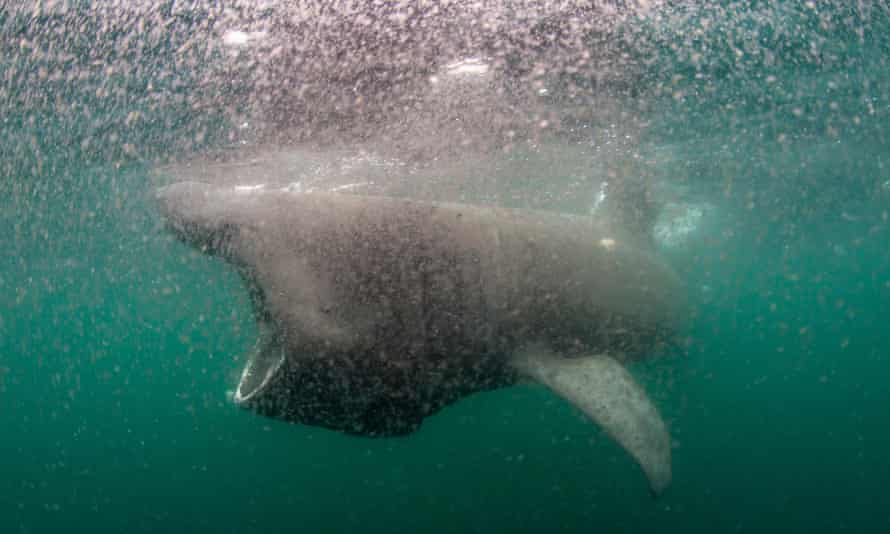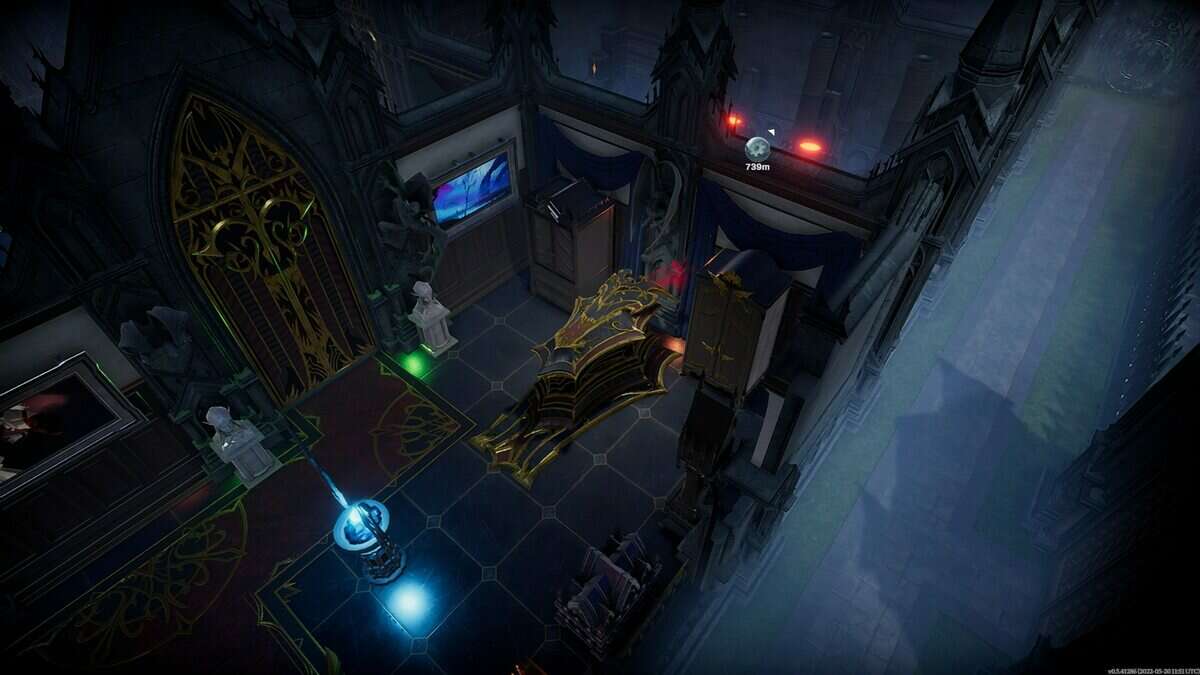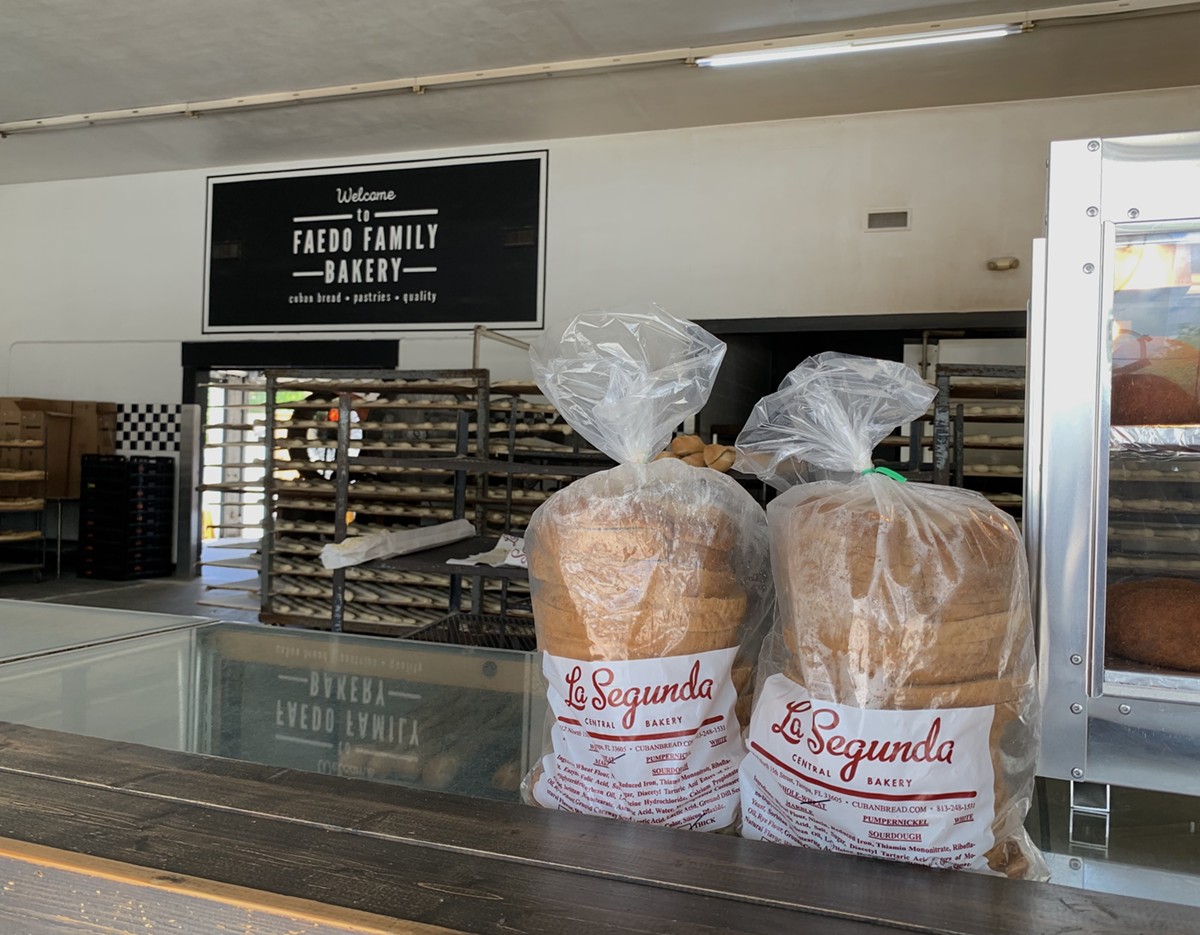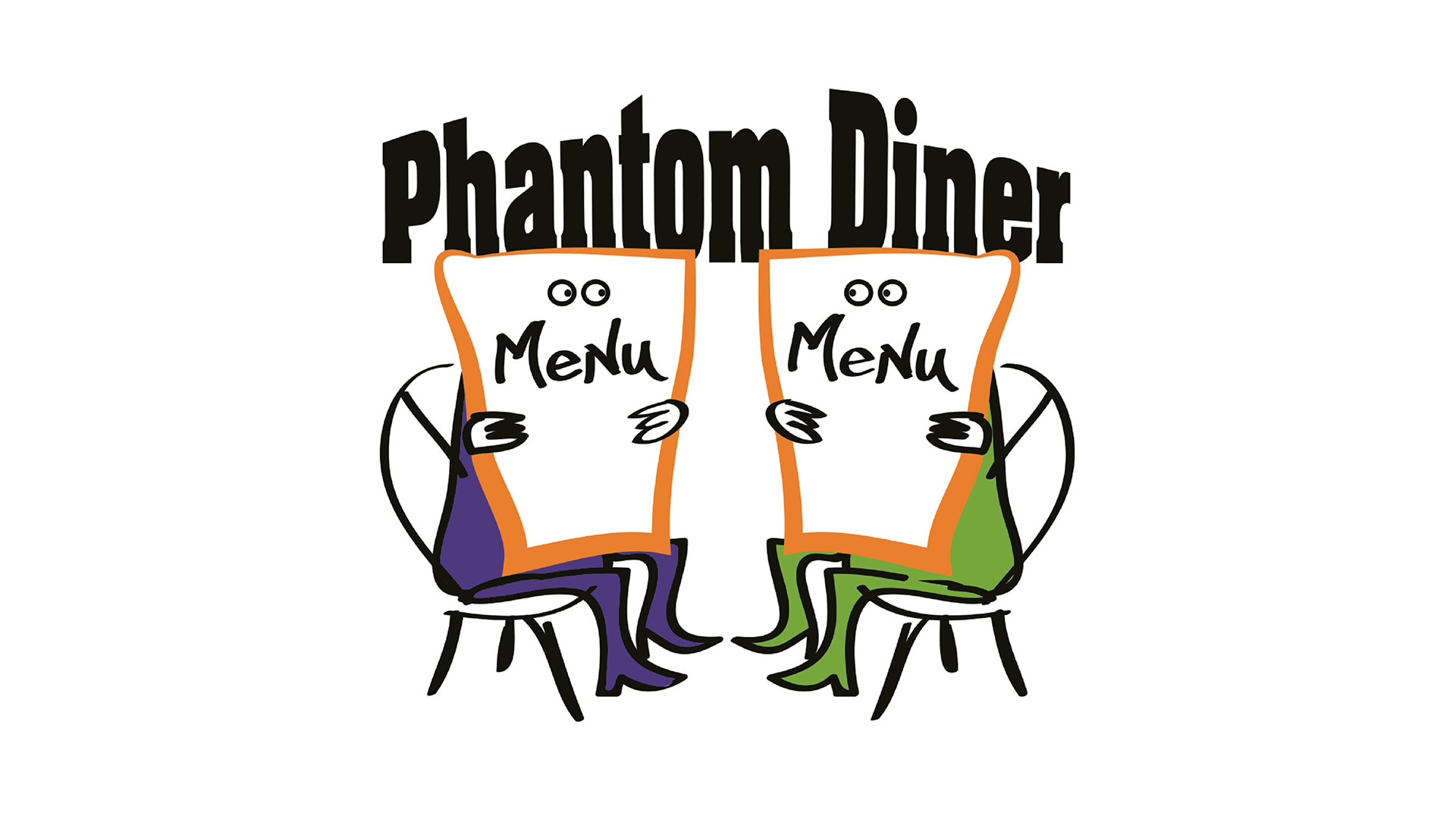A A few times a day off the Faroe Islands, the crew of the marine survey vessel Jákup Sverri test the water, measuring its salinity, temperature and oxygen at various depths. But they are also looking for something else.
Durita Sørensen, a lab technician, shows the contents of a special net for a demonstration. If the water is greenish, it contains a lot of phytoplankton, the plants at the base of the ocean food chain. But if it’s red or brown, as in Sørensen’s net, the loot is one rung higher on the ladder: zooplankton. “It is calanus, or Calanus finmarchicus,she said, pointing at the tiny red creatures. “That’s what they’re interested in making fish oil [from] as a dietary supplement for humans.
Zooplankton is a crucial component of the Atlantic Ocean ecosystem. And calanus – known as Reyðæti in Faroese or “red plankton” – is one of the largest and most populated varieties. In 2020, the Faroese Ministry of Fisheries gave five companies the right to fish up to 25,000 tonnes each.
There is no factory yet in the Faroe Islands to turn the tiny red creatures into fish oil, but entrepreneurs hope it will soon become big business, not only meeting the seemingly insatiable demand for omega-health supplements. 3 in the western world, but potentially for use in the even larger fish farming industry.
Zooplankton fishing already takes place in Norway, where a company called Zooca, which has been harvesting red plankton for a few years, was given a commercial quota in 2020. The Norwegian Institute of Marine Research says the harvest is well within sustainable limits .
But many in the fishing industry are unhappy with the idea of sucking in zooplankton. Red plankton is the main food for many extremely valuable fish stocks – including mackerel and herring – and is vital for the juvenile growth of a species that is a mainstay of Norwegian and Faroese industrial fleets: cod.
Some scientists, meanwhile, warn that we have no idea what eliminating zooplankton from the ocean food chain will do. “It’s a drop in the bucket right now,” says Peter Wiebe, scientist emeritus at the Woods Hole Oceanographic Institution in Massachusetts, of the current zooplankton harvest. “But what they have in mind is not a drop in the ocean.”
ZOoplankton are tiny animals. They are copepods, or small crustaceans, each about the size of a grain of rice. Zooplankton spend their summers in the sunny upper layers of the ocean, where they feed on phytoplankton, a plant that depends on photosynthesis.
During winter, however, zooplankton go into hibernation. They slowly sink into the deep layers of the ocean and, not having the ability to swim, they then float with the current. Around the Faroe Islands this means traveling southeast before being pushed through the narrow channel of the Faroe Banks and into deeper, colder oceans, where an estimated 90% of them die.
This gave Eilif Gaard an idea. In his office, the director of the Faroese Marine Institute (Famri) holds up a box filled with dark red capsules: omega-3 oil, made from red plankton. Zooca, the producer, claims its zooplankton oil is superior to conventional omega-3 oil, claiming in a 2019 article that zooplankton can thwart “insulin resistance and other metabolic disorders induced by obesity and exhibit a powerful anti-inflammatory effect”.
Zooca says demand for omega-3s has led to overfishing of many species and says zooplankton are a sustainable alternative.
Gaard wants a share of this growing market for the Faroe Islands. A marine biologist by training, as director of Famri he is more accustomed to telling fishing crews to fish less. But he proposed using the Faroe Bank Channel to catch plankton that might otherwise die as they enter deeper seas.
“We have this channel where the current flows, which gives us a special opportunity,” he says. “By doing our fishing in the channel and only in winter, we don’t affect the ecosystems.”
He admits that not enough is known about the species after it left the continental shelf around the islands. Nonetheless, he recommended setting the zooplankton fishing quota at 125,000 tonnes, which he said is about 1.2% of the total mass of calanus that passes through the area.
One of the fishermen who received a license is Jógvan í Skorini. Former mayor of Eiði, a village of around 700 inhabitants, Skorini now works as a teacher but has always dreamed of fishing. In 2017, he received a call from his friend Heini Niclasen, who had just discovered the nascent zooplankton industry.
Excited, the two friends flew to Norway, where they visited Calanus, the company that would later become Zooca, and left with a vital sheet of paper. “We made a contract to export the potential crop to them, and we get their know-how,” says Skorini.
Back in the Faroe Islands, Skorini teamed up with his uncle, one of the islands’ largest shipowners, who also requested quota and hired a boat from Skorini to transport their collective catch of 50,000 tons. With a price per kilo of around $1.50 (£1.10), zooplankton could become a $100 million business for the Faroe Islands and its 50,000 people.
However, harvesting plankton in the Faroe Islands is easier said than done. The Faroe Bank Channel is an underwater gorge about 50 miles (75 km) southwest of the islands where cold water rushes at an immense pressure of 2.2 cubic meters per second – twice the force of all the rivers of the world combined.
Skorini’s first trawl was torn to pieces by the current. They are working on the development of a new, specially adapted system that covers the fine mesh netting under a wider outer netting designed to withstand the destructive power of water.
Skorini and its partners learn from Zooca, which was started in 2002 by Kurt Tande, then a professor at the University of Tromsø in Norway. What started as a research company examining the possible benefits of omega-3s from zooplankton has since grown into a thriving business, employing around 100 people, selling its fish oil in Europe and North America, with revenue $9.2 million last year. In August, then Norwegian Prime Minister Erna Solberg visited Zooca’s newly built factory in Sortland.

But other sectors of the Norwegian fishing industry are affected. Tom Vegar Kiil, director of Norges Kystfiskarlag, the Norwegian Coastal Fisheries Association, is one of the most prominent opponents of zooplankton trawling. Norway’s quota is 254,000 tonnes but, unlike the Faroe Islands, its fishing is allowed all year round – and in the warmer upper layers of the sea, where Kiil fears Zooca will catch larvae and juveniles in its fillets.
“We haven’t been good enough to take care of our stocks,” says Kiil, referring to Norway’s loss last year of the Marine Stewardship Council’s sustainability label on cod caught near the coast. The idea of catching one of the most important foods for juvenile cod seems short-term to him.
Kiil is also concerned that the fishing industry may be involved. He fears that once they start using zooplankton for aquaculture, they will start demanding even higher quotas, especially for shrimp and salmon farming.
Wiebe, an expert in zooplankton ecology, says there is a growing appetite for this type of fishing in the so-called mesopelagic zone – the layer of the sea between 200 and 1,000 meters below the surface. “There is a lot of interest in fishing in this part of the ocean, catching material for aquaculture, using it as food for agriculture. It has a lot of ramifications,” he says.
Other fishing associations have criticized zooplankton trawlers for operating in spawning grounds during the summer. And last year, Geir Jørgensen, a municipal politician in Nordland, led one of Norway’s regional councils to ask the national government to stop plankton trawling off the coast.

Marine biologists at the Norwegian Institute of Marine Research disagree with those who want to limit plankton fishing. Cecilie Thorsen Broms, head of research at the institute, says current fisheries only take a fraction of the allocated quota of 254,000 tonnes.
She says Zooca, which is still the only red plankton fishing company, has to test every catch for bycatch and the numbers are far from scary. “Our estimate showed that the amount of bycatch is very low, so it won’t affect the fish population,” she says.
But Wiebe is not convinced. A member of an International Council for the Exploration of the Sea working group looking at zooplankton ecology, he thinks what starts small now will only grow.
“They have in mind to bring the technology to where they can actually go out and really exploit it,” he says of the nascent zooplankton industry. “And I think without the kind of studies needed to understand the population dynamics there, we’re doing it recklessly.”
Zooplankton is a key part of the food chain, he points out, for both fish and seabirds. “A lot of the top predators in the ocean go down into the mesopelagic for food on a daily basis. And so if you start harvesting that mesopelagic diet, you risk doing damage to another type of commercial fishery.
Zooca chief executive Siv-Katrin Ramskjell isn’t backing down. “We are harvesting well under 0.01% of the quota that the Marine Research Institute considers sustainable,” she says.
Ramskjell argues that although bycatch was an early challenge, they have developed new technologies to minimize it and, far from reducing their catches of zooplankton, they plan to expand rapidly. “Today we only catch around 1,000 tonnes a year, but the goal is to catch 10 times that, or around 10,000 tonnes in five years,” she says.
It’s the prospect of this exponential growth that scares Javier Lopez, campaign manager for the conservation group Oceana. “For us, this is an example of human greed to exploit and exploit,” he says. “It’s true that perhaps, at the extent that it’s happening at the moment, [zooplankton fishing] has no ecological effect – [but] we should not create dependence on this kind of resources.



:quality(70)/cloudfront-us-east-1.images.arcpublishing.com/tronc/BUC4HLYYPVHALGKN7OHWQ4MC6M.jpg)




